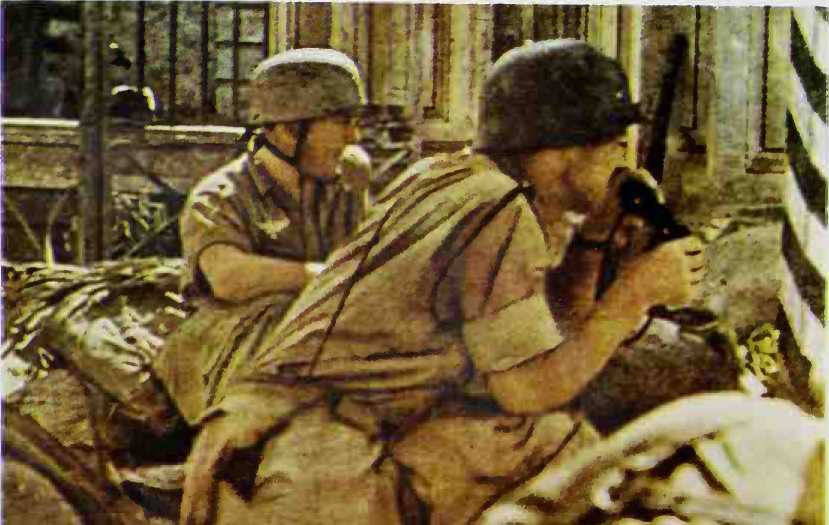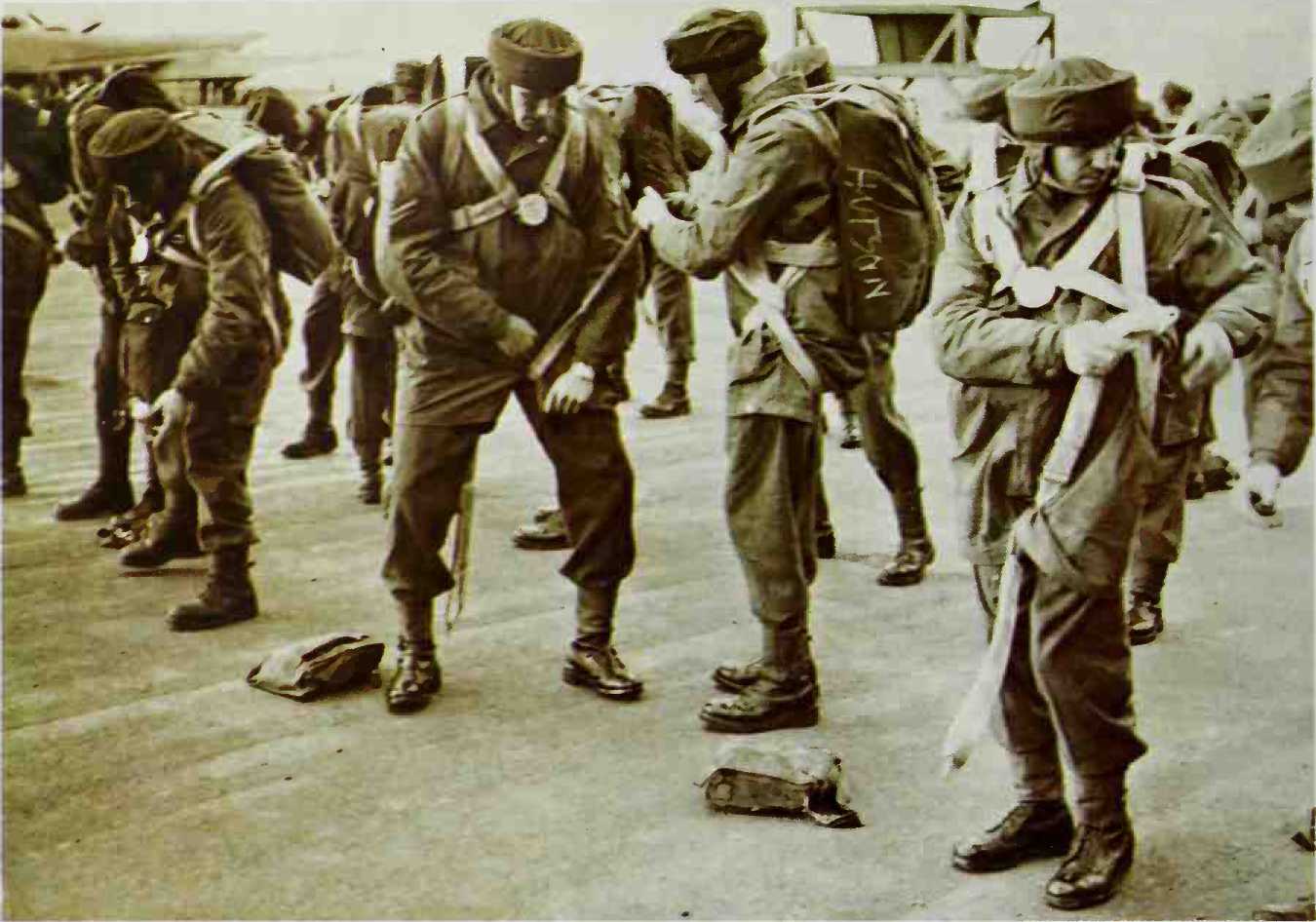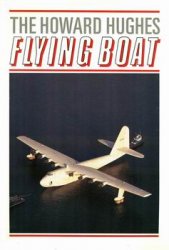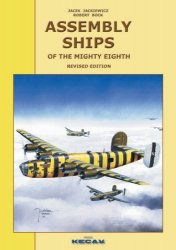Let us now go over to the other side.
On June 1 General Guzzoni succeeded General Roatta in command of the Italian 6th Army, with the task of defending Sicily to the last. According to Mussolini, the enemy was to be wiped out before breaking through inland or "as he took off his bath-robe and before he had had time to get dressed”.
As soon as he was informed of the Anglo-American invasion preparations, the Duce, said Marshal Badoglio, "had rushed to make a speech to the nation; the stupidest he ever gave. Later it became known as the 'bath-robe’ speech.”
The plan adopted for the defence corresponded so closely to the invasion plan abandoned at the request of Montgomery that it can be asked if in fact the Anglo-Americans had not leaked it on purpose. Guzzoni established his headquarters at Enna in the centre of the island and divided his forces into two:
1. west of the line Licata (inclusive)-
Cefalu: XII Corps (H. Q. at Corleone) to defend Marsala, Trapani, and Palermo. Commanded by General Arisio it comprised the "Aosta” Division (General Romano) and the "Assietta” Division (General Papini) with the 207th, 202nd, and 208th Coastal
Divisions; and
2. east of this line: XVI Corps (H. Q. at Piazza Armerina) to defend Gela, Syracuse, Catania, and Messina. Commanded by General Rossi, it had the "Napoli” Division (General Gotti-Porcinari), the 206th and 213th Coastal Divisions, and the 18th and 19th Coastal Brigades.
The "Livorno” Division (General Chirieleison) was held in army reserve at Mazzarino.
Including the Fascist Militia there were thus 230,000 men and 1,500 guns in the Italian 6th Army which, however, was not very mobile as there were very few motorised units among its formations. The coastal units had tremendous stretches of land to defend: the 206th
Division (General d’Havet) had nearly 83 miles between Cassibile and Punte Braccetto, and the 18th Brigade (General Mariscalco) 36 miles between Punte Braccetto to east of Licata. These two units were to take the brunt of the six British and American divisions, while the American attack by 3rd Division was to face only two battalions of the 207th Division (General Schreiber).
The Italian 6th Army was supported by two German divisions, the 15th Panzer-grenadier (Major-General Rodt) and the "Hermann Goring” Panzer Division (Lieutenant-General Conrath). The first of these was only partially motorised and the second had only two battalions of infantry and fewer than 100 tanks, though these included a company of Tigers.
O. K.W. had appointed Major-General von Senger und Etterlin as liaison officer to General Guzzoni.
When Hitler received Senger und Etterlin on June 22 he did not disguise his mistrust of the Italian court, society, and


A Paratroopers struggle into their harness before a drop. Most of the airborne operations in Sicily went badly awry, and essential lessons were learned the hard way.
> German soldiers watch a bombardment.
V German paratroopers on the look-out.
High command. In spite of this he was optimistic about the outcome of the operations as, he assured Senger und Etterlin, the Allies ”hy neglecting to attack Sicily immediately after their landings in North Africa had virtually thrown away the war in the Mediterranean!”
General Warlimont, Chief of the Operations Staff at O. K.W., did not share these
Illusions. "He laid the situation clearly before me” wrote Senger und Etterlin, adding: "the best solution to the mission entrusted to me was to be, in case of heavy enemy attacks, to bring back to the mainland the majority of the troops stationed in Sicily. He recognised that we could not expect to bring back the bulk of our war materiel. This appreciation of the situation and the definition of my mission was a corrective to Hitler’s viewpoint.”
At Enna, where he had gone together with Field-Marshal Kesselring, the question of the intervention of the German units in the battle, now expected any day, gave rise to somewhat confused discussions. In the end the 15th Panzer Division, less one detachment, was relegated to the western tip of the island whilst the "Hermann Goring” Panzer Division was divided between the plain of Catania and the Caltagirone area.
The landing on July 10 came as no surprise. The evening before. Axis aircraft had spotted six Allied convoys
Leaving Malta and, towards five o’clock in the morning, Enna H. Q. reported that several parachutists had landed. These landings were unfortunate, as the men were widely scattered hy the wind: nevertheless they succeeded in harrassing the enemy’s movements. Brigadier-General Lathhury, at the head of a hundred or so British troops, seized the bridge at Primo-sole south of Catania and held out there for five days, preventing its destruction until the arrival of the 8th Army.




 World History
World History









